
Why Would I Need an HDO Pad?
Written for the IDA Detail Dialogue, Published December 2022 In detailing, we naturally obsess over tiny details – hence the name, I suppose. A smudge, fingerprint, speck, or stain can
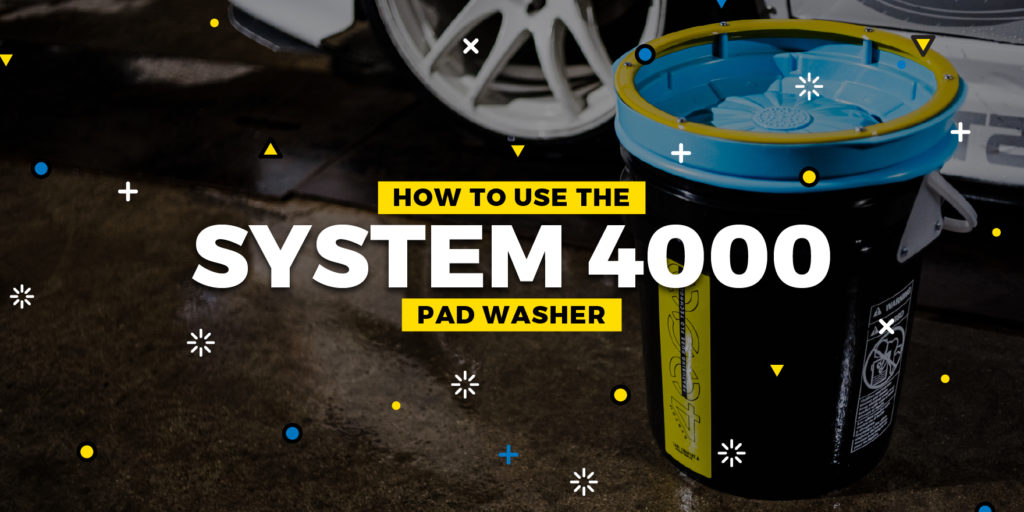
Working as a pro detailer, I get through a lot of pads. But if I wasn’t taking good care of them, I’d get through a whole lot more!
Thankfully, the days of having to spend hours hand scrubbing your pads with soap in a sink are long gone, thanks to the System 4000 Pad Washer. It’s such a quick and convenient solution that there’s no need to blow your dirty pads out frequently while polishing; there’s no need to put them in the washing machine at the end of the day either; one simple device takes care of everything, and so I thought I’d write about how I use the System 4000 Pad Washer to help you make the most of yours too.
We all know that during your compounding and cutting stages is when your pads will get the most clogged and contaminated, because that’s when they’re doing the most work and removing the most surface material. It’s part and parcel of the process, but nevertheless once a pad has become over-saturated or caked with a mixture of spent compound and abraded paint material, you’ll notice a drop in performance. Not only will that slow you down, you’ll often find this is when your pad collects more contaminants and holds them against the paint surface – creating more pigtails, haze, and other unwanted ‘dirty-polishing’ side effects. Rather than removing defects, you can find yourself inflicting worse ones than you began with. Kelly and I made a detailed video about this not long ago which you should check out below, if you’re a fan of the geeky stuff
So, it pays to regularly clean your pads and the best way I know of is to use the System 4000 Pad Washer. When we’re using it ‘during’ a job it’s important that the pad is not just cleaned but comes out dry again afterwards, so here are my top tips for a quick and effective pad refresh with the System 4000:
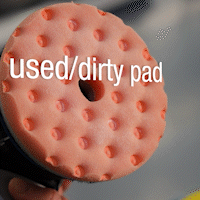
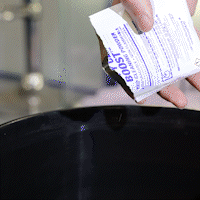
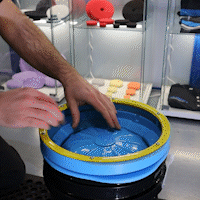
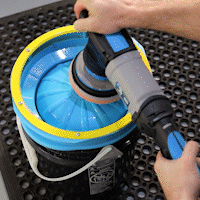
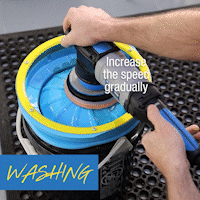
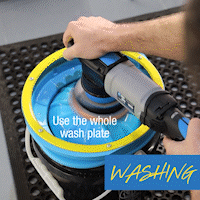
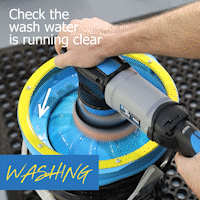
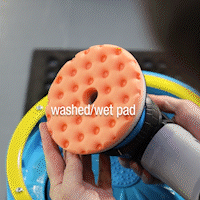
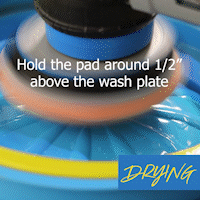

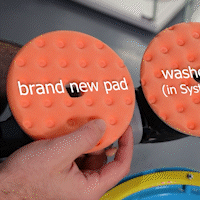
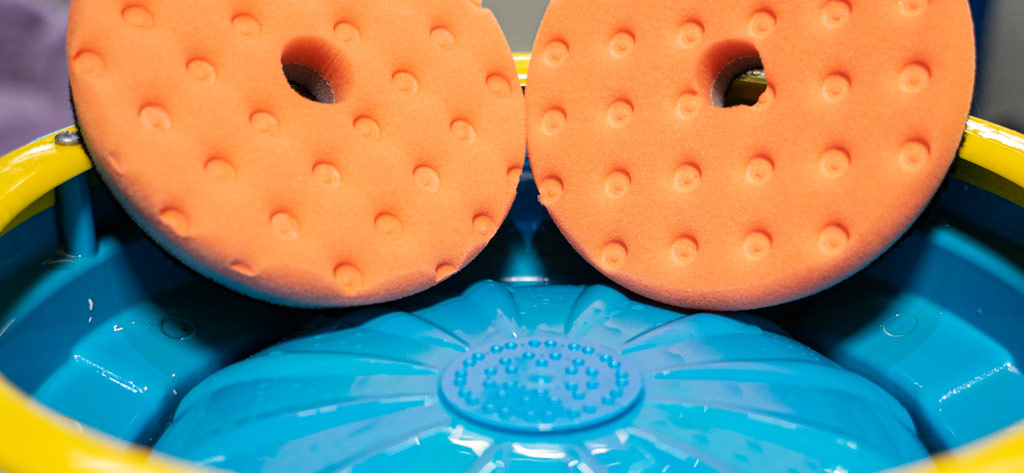
When the job is done and your pads are ready to be put to bed there’s really no need to do anything differently – and this is, genuinely, such a big deal if you’re detailing under pressure. Pads can be rinsed or blown out and then washed in a washing machine, and I’ve seen a lot of detailing shops doing just that (and it happened here too). But, now we have the System 4000 Pad Washer, I wouldn’t want to go back to that. When the day is done, I gather all my pads and clean them with the System 4000 pad washer, leaving them on a rack overnight so they are bone dry in the morning.
System 4000 avoids the need for high temperatures and spin cycles, so your pads will retain their ‘fresh from the packet’ look, feel and performance for so much longer. Especially when you’ve got dozens of pads to take care of, that’s what makes it such a valuable investment.
Until next time,
Jay @ LC UK

Written for the IDA Detail Dialogue, Published December 2022 In detailing, we naturally obsess over tiny details – hence the name, I suppose. A smudge, fingerprint, speck, or stain can
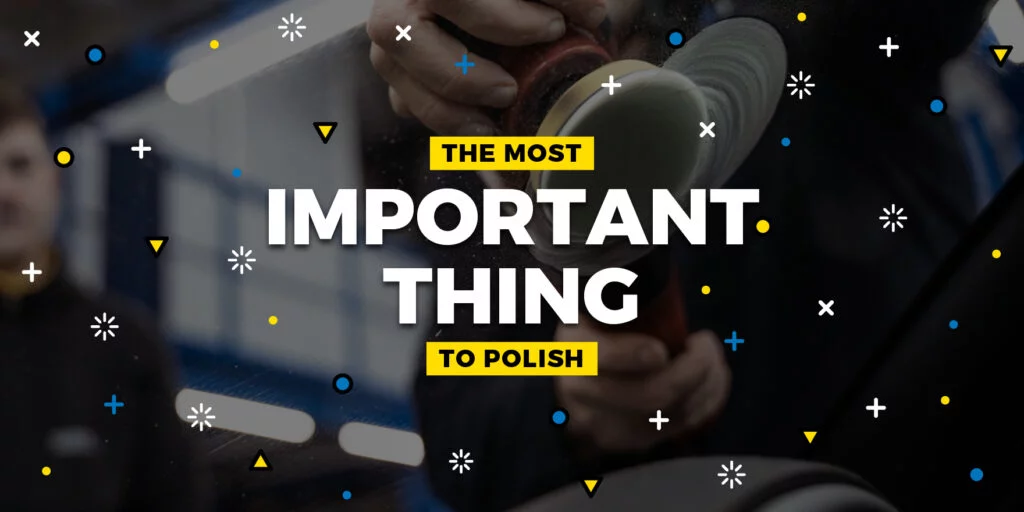
Polishing glass ranks as one of the most overlooked detailing skills and services. Aside from being aesthetically pleasing to have pure transparent glass, it’s incredibly important–literally a matter of life

I don’t really talk much about it these days but my experience working with / around cars goes back a looooooong way, and actually included organizing car shows. I would

Written for the IDA Detail Dialogue, Published December 2022 In detailing, we naturally obsess over tiny details – hence the name, I suppose. A smudge, fingerprint, speck, or stain can

Polishing glass ranks as one of the most overlooked detailing skills and services. Aside from being aesthetically pleasing to have pure transparent glass, it’s incredibly important–literally a matter of life
950 Blue Ribbon Cir N
Oconomowoc, WI 53066
#lakecountrymfg
Select Your Language